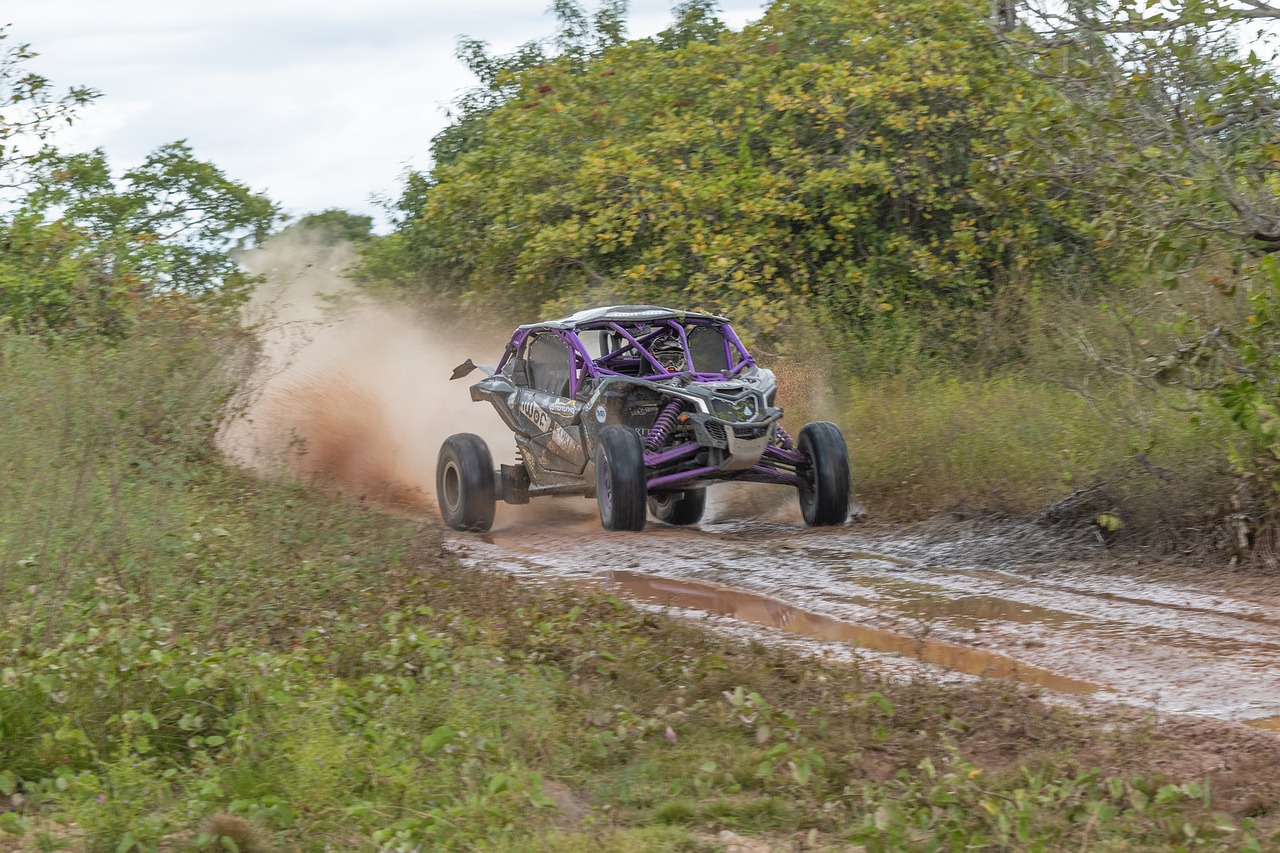Proper body positioning is a critical skill for any UTV owner who wants to stay safe, feel confident, and truly enjoy every ride. By understanding why correct posture matters and learning key techniques, you can gain more control over your machine and significantly enhance your off-road experience.

Understanding Body Positioning for UTV Riding: What You Need to Know
Master UTV control and riding techniques
In UTV riding, your body position influences how well your machine handles bumps, turns, and rough terrain. Good positioning helps absorb shocks, maintain traction, and improve maneuverability. Below are some fundamental aspects that illustrate why body positioning is so important for UTV control.
- Posture and Stability: Keeping your torso upright yet flexible helps you read the terrain and maintain your balance. This reduces fatigue and boosts your ability to react quickly.
- Hand Placement and Grip: Gripping the wheel firmly—but not rigidly—keeps you in command. Overly tight grips tire your hands and arms, while too-loose grips risk losing control when bumps or sudden turns occur.
- Foot Position and Bracing: Placing your feet flat on the floor and bracing against the footrests helps stabilize your lower body, preventing unwanted shifts in weight as you navigate challenging trails.
Key Techniques for Body Positioning
Explore essential body positioning safety equipment
Implementing proper body positioning involves several core elements. Focusing on these will set you up for success whether you’re venturing onto rugged backcountry trails or cruising on smoother paths.
- Adjust Your Seat and Steering – A well-positioned seat and steering wheel allow your arms to stay slightly bent while keeping your back supported. You want a posture that is comfortable but also alert, so you can lean into turns as needed.
- Distribute Weight Effectively – Lean your torso toward the turn for sharper cornering. When climbing a steep incline, shift your body weight forward; when descending, lean slightly back to counterbalance the downward pull.
- Use Your Legs for Support – Keep knees slightly bent to act as shock absorbers. This stance allows you to handle sudden bumps without jarring your entire body and keeps you better planted in the seat.
- Stay Flexible – Avoid locking your elbows and knees. Staying flexible keeps you agile, enabling rapid responses to changing terrain and surprises on the trail.
Putting it into Practice: Steps for Proper Body Positioning
Check out more UTV body positioning technique guides
Ready to implement these techniques? Below is a practical step-by-step guide:
- Start on Level Ground – Begin by practicing your new posture in a safe, flat area. Adjust your seat and steering wheel until you find a balanced stance that feels natural.
- Practice Shifting Weight – Drive slowly and make gentle turns, leaning your torso in the direction you want to go. Notice how it affects your stability and cornering.
- Build Confidence Gradually – Once you’re comfortable, test your skills on slight inclines and modest trails. Increase speed and difficulty gradually to develop muscle memory and avoid accidents.
Best Practices for Safe and Effective UTV Body Positioning
To maintain strong body positioning over time, keep these tips in mind:
- Inspect your UTV regularly to ensure seat belts, harnesses, and footrests are in good condition.
- Warm up with simple stretches before hitting the trails.
- Wear protective gear, such as a helmet and gloves, to keep yourself safe from unexpected jolts or impacts.
Seeking Further Improvement and Expert Guidance
Sign up for a UTV body positioning training course
If you find yourself facing persistently poor balance, difficulty maneuvering, or a lack of confidence when tackling uneven terrain, it may be time to consult a professional. An experienced instructor can help you fine-tune your technique and boost your riding prowess.
Remember, proper body positioning takes practice. Every trail ride offers a chance to sharpen your reflexes, build physical endurance, and master the dynamic relationship between you and your UTV.
Main Points to Remember
Body positioning is essential for UTV riders aiming to stay safe and make the most of every adventure. By aligning your seat and steering for comfort, distributing your weight effectively, and staying flexible throughout turns and terrain changes, you’ll maintain superior control. Keep practicing, stay proactive about safety, and enjoy the thrill of off-road exploration with confidence.
Side by Side Fury performs repair, maintenance, and custom builds, and offers thousands of aftermarket parts and accessories so you can elevate your off-road experiences.
